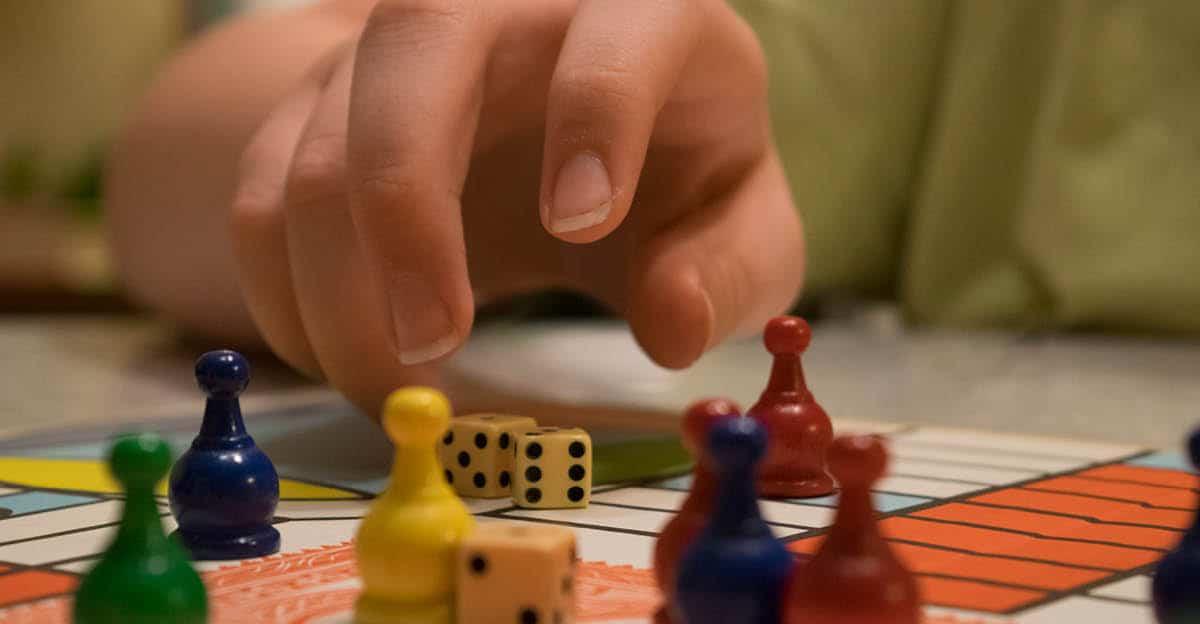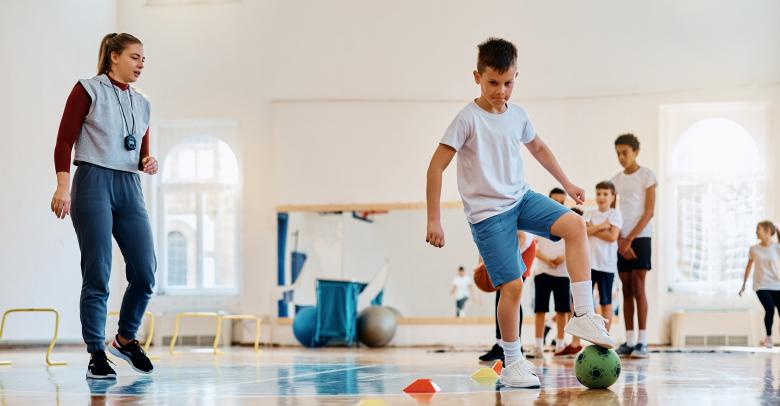By: Laura Prior, 2017-2018 SHAPE® Dance Teacher of the Year
Everyone has a favorite board game growing up. As kids get older, the board games often dwindle into non-existence, put back on the shelves and never seen again. But! As time passes, and that particular game is brought up, immediate excitement and joy overtakes us. And, we can relive our childhood!
Creating a Fitness Board Game Project for Students
What if you brought those games into your classroom … even for secondary students? Yes, absolutely! I have used this project for many years and it is definitely a fan favorite. Not only do the students get to play their favorite childhood board games, they get to create their own spin on it. They take complete ownership of the project and continue to play the games throughout the year and for years to come. It is a win-win!
Fitness board games can be either “live” or can be an actual “board-type” game. Their choice! I’ve had students bring battleship to life and, as many have probably seen, hungry-hungry hippos. For my older classes (or for repeat classes), I have them create a game totally on their own, not mimicking one that is already created. This really gets the creative juices flowing and let me tell you … be ready to be totally amazed at their ideas! One year, I assigned my sixth graders to a game of my choosing, my seventh graders picked their game, and my eighth graders had to create one from scratch. I loved this method because it provided a wide array of games and none were repeated. I would rotate the board games throughout the classes and it was refreshing to see how interactive and on-task ALL students were, with very limited distractions.
Discussion Points: What Makes a Board Game?
Before this project begins, I bring out several games and we discuss what makes a game fun or not. Is it the appearance of the game? Is it how you win? Is it because it is a fast-paced game? Is it the number of players? What? What makes it fun? Then, on the flip side, we talk about what makes a game boring or not fun to play. Is it because the rules are too difficult to follow? Is it because it is slow-paced? Students brainstorm all kinds of ideas for what makes a game “good” or “bad” to them.
When they begin brainstorming ideas for their own project, we identify key elements to create a board games:
- Creative Name
- Colorful and Fun Appearance
- Materials Needed
- Objective of the Game
- How to Play
- How to score, win, lose, etc.
Assessing Board Game Student Project
Assessment is always needed and assessment for this is pretty simple and straightforward. Possible ways to assess the project:
Use the kids
From the initial discussions, ask the kids how they think they should be assessed. Believe me, they can come up with more ideas than you think! Have them think, “If I were the teacher, how would I grade this?” Their ideas are genius … even if you would do it that way, too, it gives them ownership in their grades.
Rubrics are key
In physical education, and in most projects in general, I find that using rubrics are the students’ (and your) best friend. They provide information in which students know exactly what they need to do to earn their desired grade. It is an immediate checklist for them.
Reflection of “real” game
A big component I focus on is that the fitness game they created mimics or matches the “real” game. I allow for some divergence, but they must justify why if they do change it.
Presentations
At the end of the project, each group must present and “teach” their game to the class. That way, all students would know the rules of the game and could play it. Additionally, I would have the other students evaluate each game.
I’m a huge fan of these fitness board games! It is fairly inexpensive, but top-quality thought and creativity. It is something that can be passed down for years and can be something even the classroom teachers can use. My students find solace in knowing that what they created is actually be used across the school setting. It is a great place for small spaces. You can have students break off into groups and play a game for 10 minutes and then rotate to the next game.






Leave a Reply